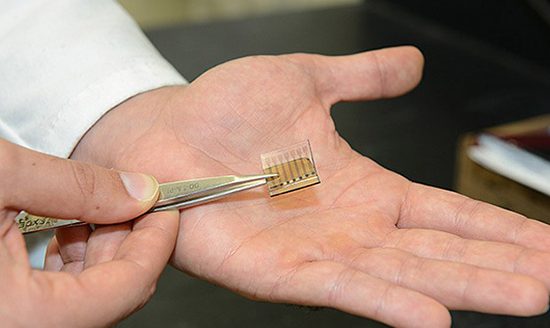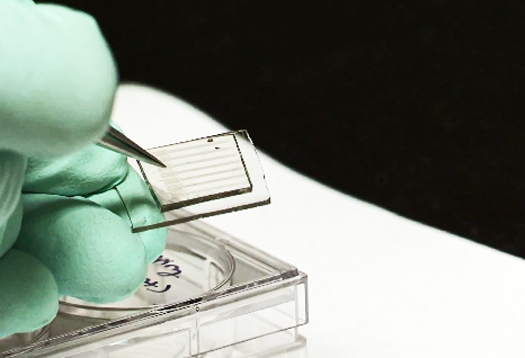
The true hurdle of solar technology is being able to produce solar cells efficiently and at low cost. The present world technology doesn’t make solar cell production a bargain, but a new prototype by researchers at Stanford University is the first 100% “all-carbon” solar cell which has the capacity to revolutionize the solar industry for the future.

“Carbon has the potential to deliver high performance at a low cost,” says study senior author Zhenan Bao, a professor of chemical engineering at Stanford University. “To the best of our knowledge, this is the first demonstration of a working solar cell that has all of the components made of carbon. This study builds on previous work done in our lab.”
Present solar cells are rigid, but this new development opens up the ability to employ a carbon coating, thus applying the flexible material to all types of surfaces. The promises of the future are to coat cars, buildings, or any other object to make them solar energy productive. In addition this process saves manufacturing the many steps currently needed to produce cells
The experimental solar cell consists of a photoactive layer, which absorbs sunlight, sandwiched between two electrodes. Today’s standard solar electrodes are made of conductive metals and indium tin oxide. Even previously named “carbon solar cells” still have needed to used some non carbon conductive materials in the electrodes.
“Materials like indium are scarce and becoming more expensive as the demand for solar cells, touchscreen panels, and other electronic devices grows,” Bao says. “Carbon, on the other hand, is low cost and Earth-abundant.”
Bao and her team have replaced the silver and ITO used in conventional electrodes with graphene, micro thin sheets of carbon that are one atom thick—and single-walled carbon nanotubes that are 10,000 times narrower than a human hair. The active component layer is made of carbon nanotubes and “buckyballs”—soccer ball-shaped carbon molecules just one nanometer in diameter.
Let’s not break out the champagne just yet. The all-carbon prototype absorbs near-infrared wavelengths of light, only allowing an efficiency rate of less than 1 percent—which is substandard to the current solar cells that are available today. “We clearly have a long way to go on efficiency,” Bao says. “But with better materials and better processing techniques, we expect that the efficiency will go up quite dramatically.”
Improving efficiency
Much more work needs to be done working with this new material. “Roughness can short-circuit the device and make it hard to collect the current,” Bao says. “We have to figure out how to make each layer very smooth by stacking the nanomaterials really well.”
A breakthrough might be achieved by developing carbon nano materials that will absorb more of the light spectrum. “Materials made of carbon are very robust,” Bao says. “They remain stable in air temperatures of nearly 1,100 degrees Fahrenheit.”
This is the clincher for all carbon cells………….They would be able to withstand more extreme environments, meaning that they could outlast modern solar cells in harsh conditions such as deserts and developing countries. With more research and development, we might someday see a cost efficient solar array that could help to generate our energy needs.
Source:
http://www.lightpublic.com/lighting-articles/stanford-announces-first-all-carbon-solar-cell/





